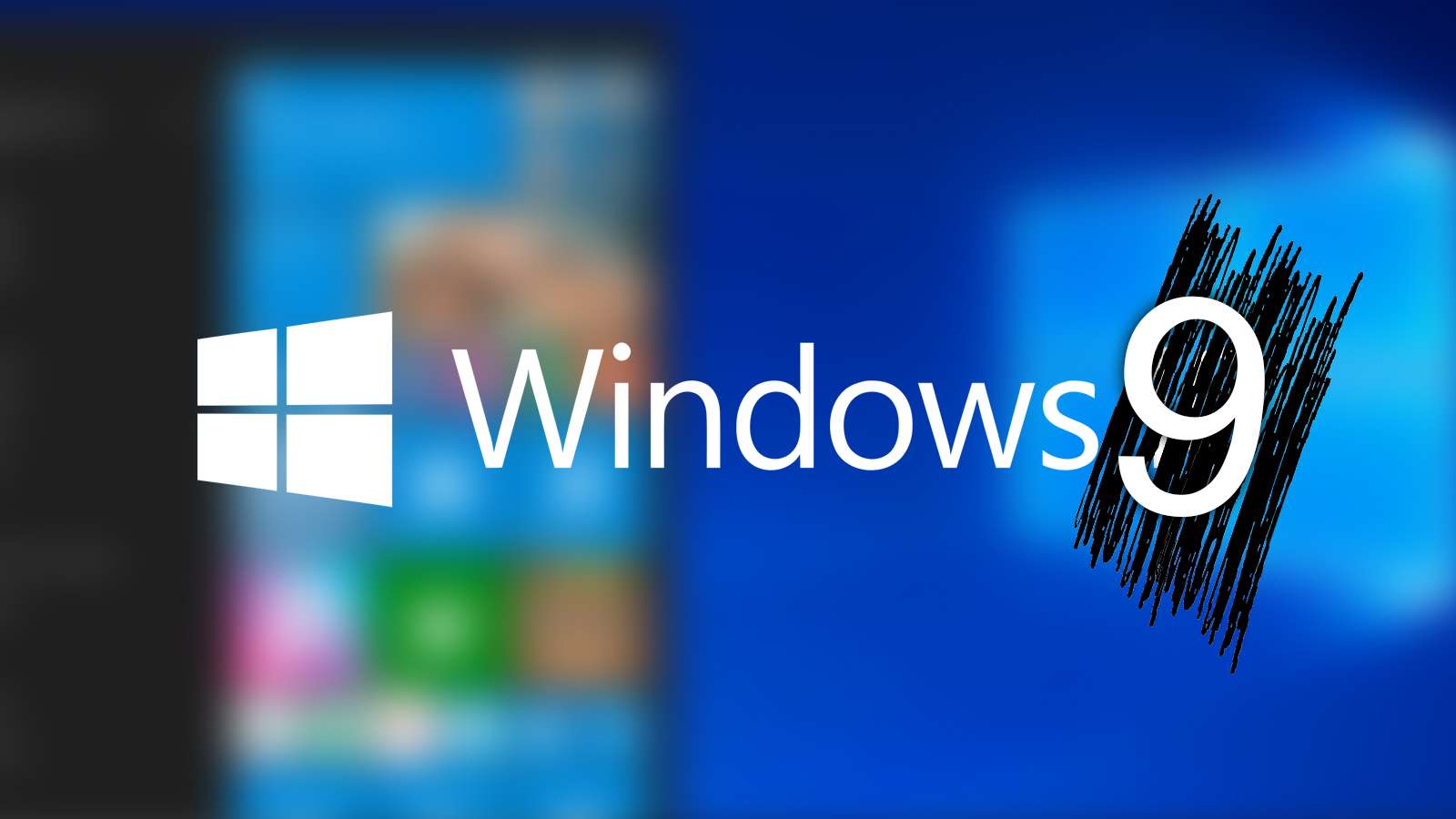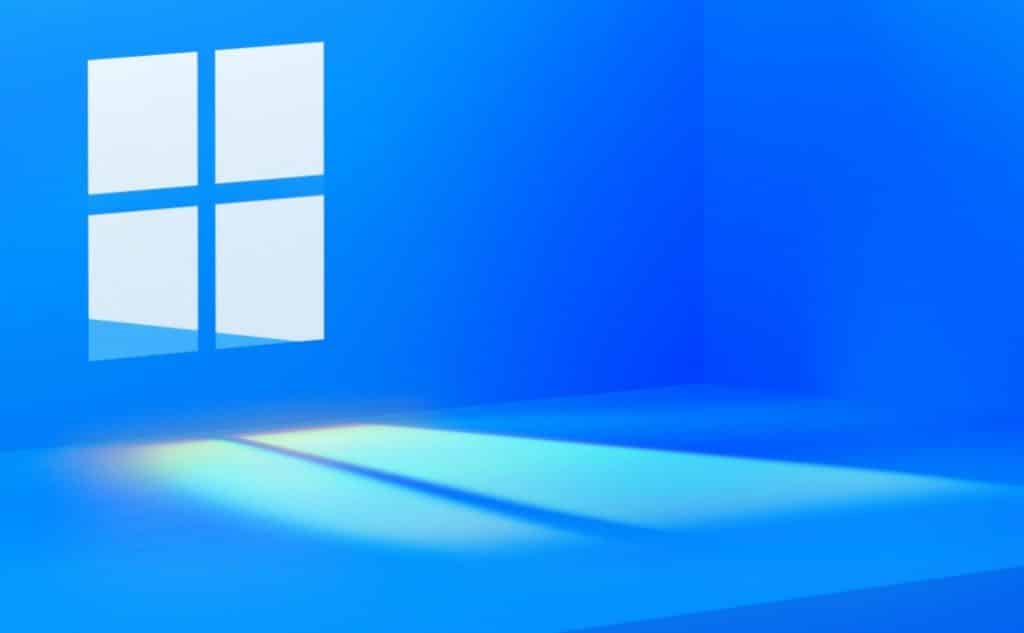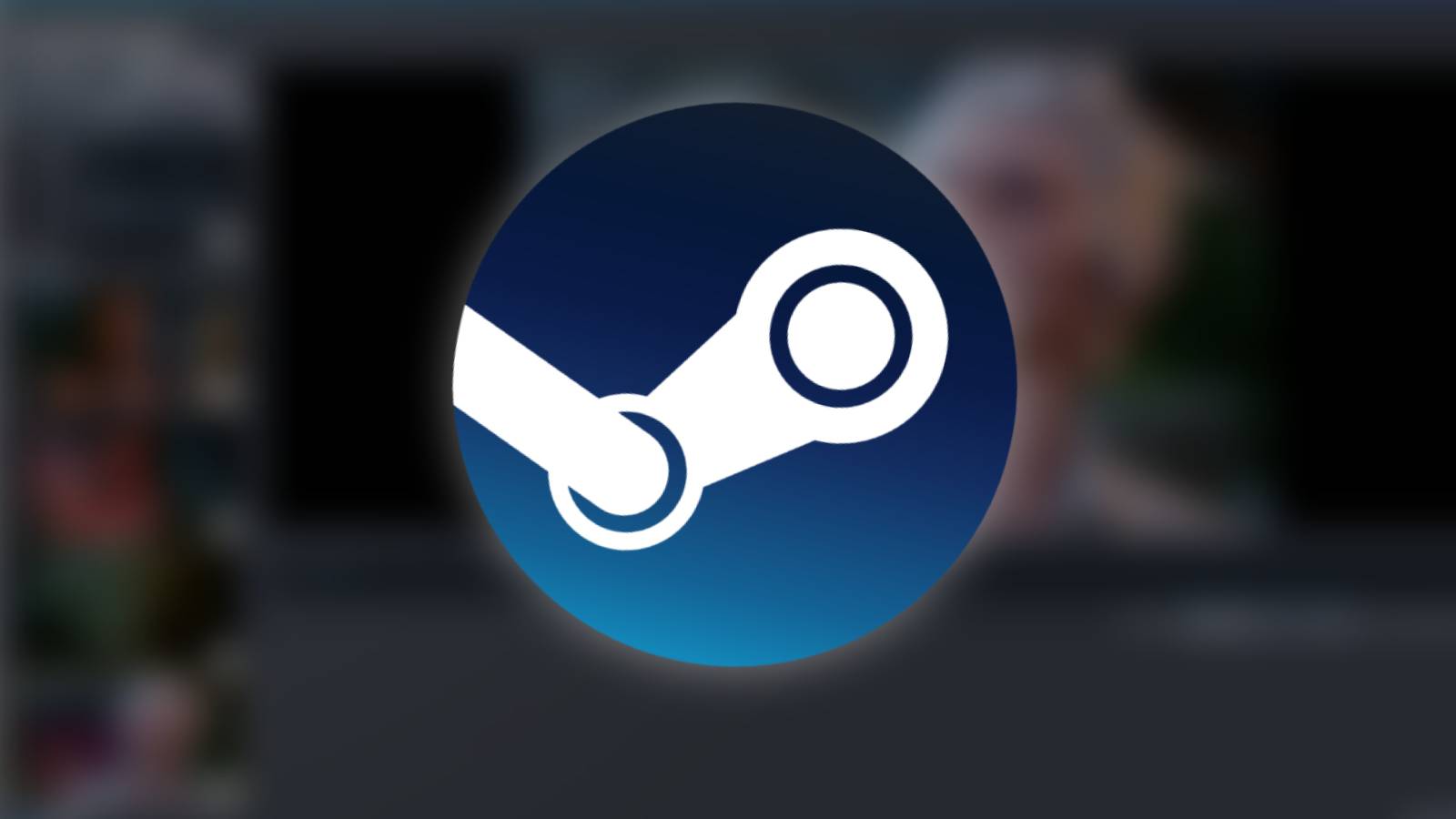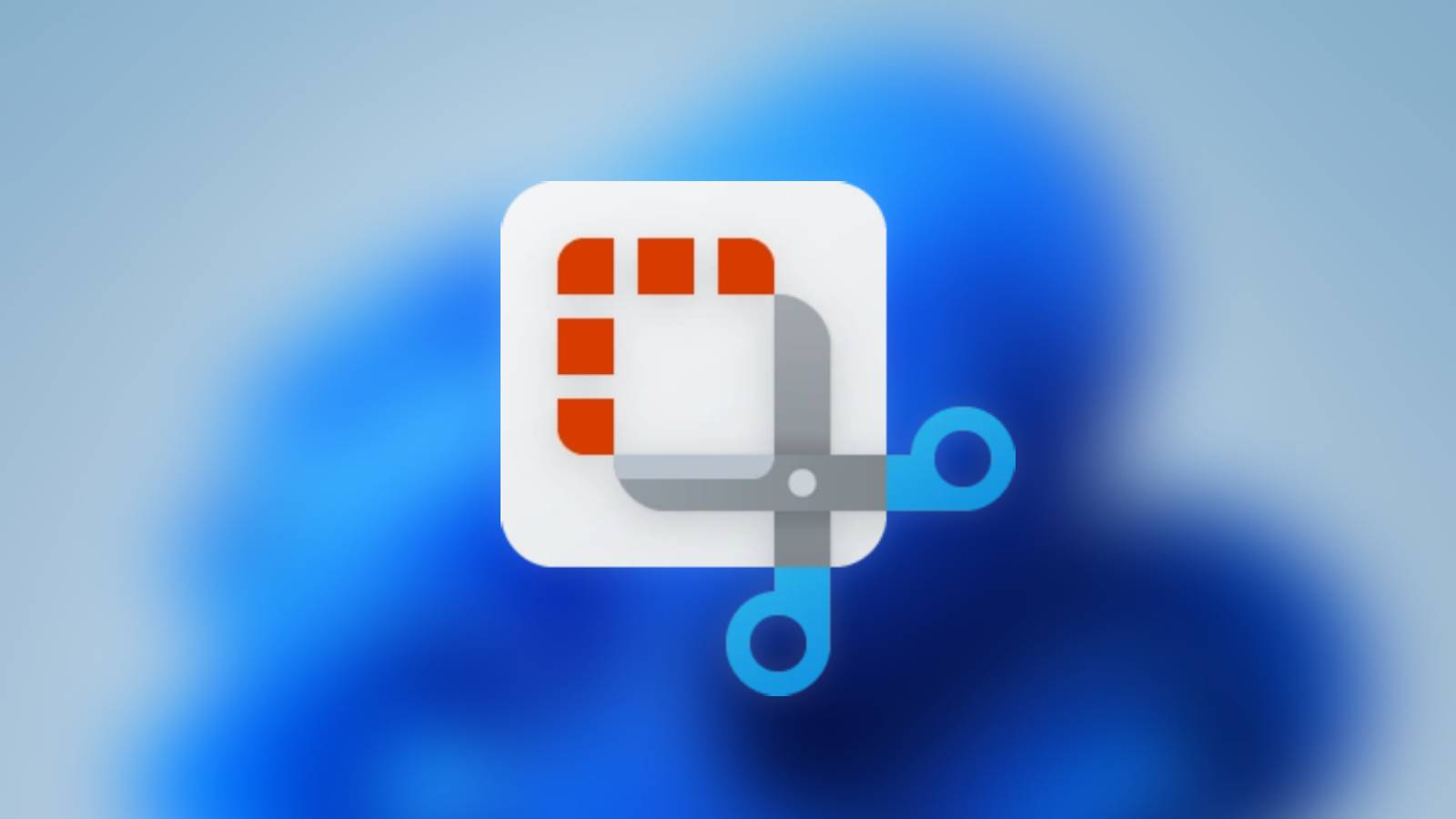What happened to Windows 9: Rumors & speculation

What happened to Windows 9 and why did Microsoft skip to Windows 10? Well, the answer might be much simpler than originally thought.
When Microsoft released Windows 10 to the world in 2015, there was one hanging question on everyone’s minds: “Where’s Windows 9?”
The jump from Windows 7 to 8 had been met with a less-than-stellar response. Its new Metro UI and removal of the basic desktop by default caused many people to stick around on Windows 7.
The next version, 8.1, brought back some familiarity but still retained Microsoft’s renewed focus on the touch screen and non-desktop market.
So when Windows 10 came around, quicker than most expected, it was assumed that it’d be called “Windows 9”. For years, theories have been slung around the web trying to figure it out. But, we’ve done some digging that could shed some light on the whole situation.
Microsoft on Windows 9
 Microsoft
MicrosoftMicrosoft themselves haven’t exactly been transparent with the reasoning behind its choice to go up to 10. The current official line is much like with the Xbox One, and portions of the Office Suite (OneDrive for instance) that 10 represented a whole.
Windows 10 – before 11’s release – was intended to be Microsoft’s last major numbered release. A single platform that would continuously be updated for the foreseeable future. According to the Vice President of Windows Marketing, Tony Prophet, Windows 9 didn’t represent that in the name, and it wasn’t an “incremental step from Windows 8.1”.
Theories on why Windows 9 never released
However, is that all there is to it? Some forum threads and speculation have pinned Microsoft’s name change decision on its being related to codebases used on Windows systems.
The theory stems from a Reddit comment from a now-deleted account. According to the “Microsoft dev”, the reason is that some third-party products have the following code:
if(version.StartsWith(“Windows 9”))
{ /* 95 and 98 */
} else {
With this in mind, it could become confusing for software thinking that the operating system wasn’t compatible due to it not recognizing the difference between older 95 and 98 systems and a new one simply called “Windows 9”.
Windows 9 code errors debunked
However, after years of speculation, one Github developer has broken down why it’s probably the simplest answer.
Applications don’t “call” for the operating system as detailed in the Reddit thread. In the blog, it’s pointed out that even if it were the fault of Javascript, for instance, then the code wouldn’t even look like that and instead look like this:
String version = System.getProperty(“os.name”);
if (version.startsWith(“Windows 9”)) {
// …
The API, the tech that helps hook apps into the operating system, doesn’t even ask for the operating system’s name in that way either. Instead, it provides the internal version numbers from Windows 95 onwards.
Further down in the blog, the developer even mentions that the probability of a string of code that could cause issues down the road is “so minuscule it doesn’t rate a mention.”


